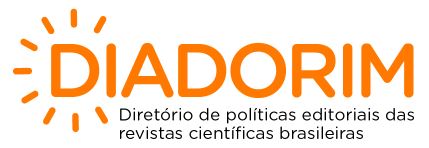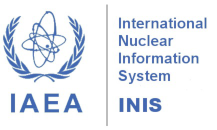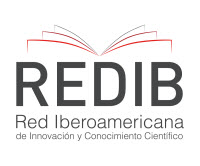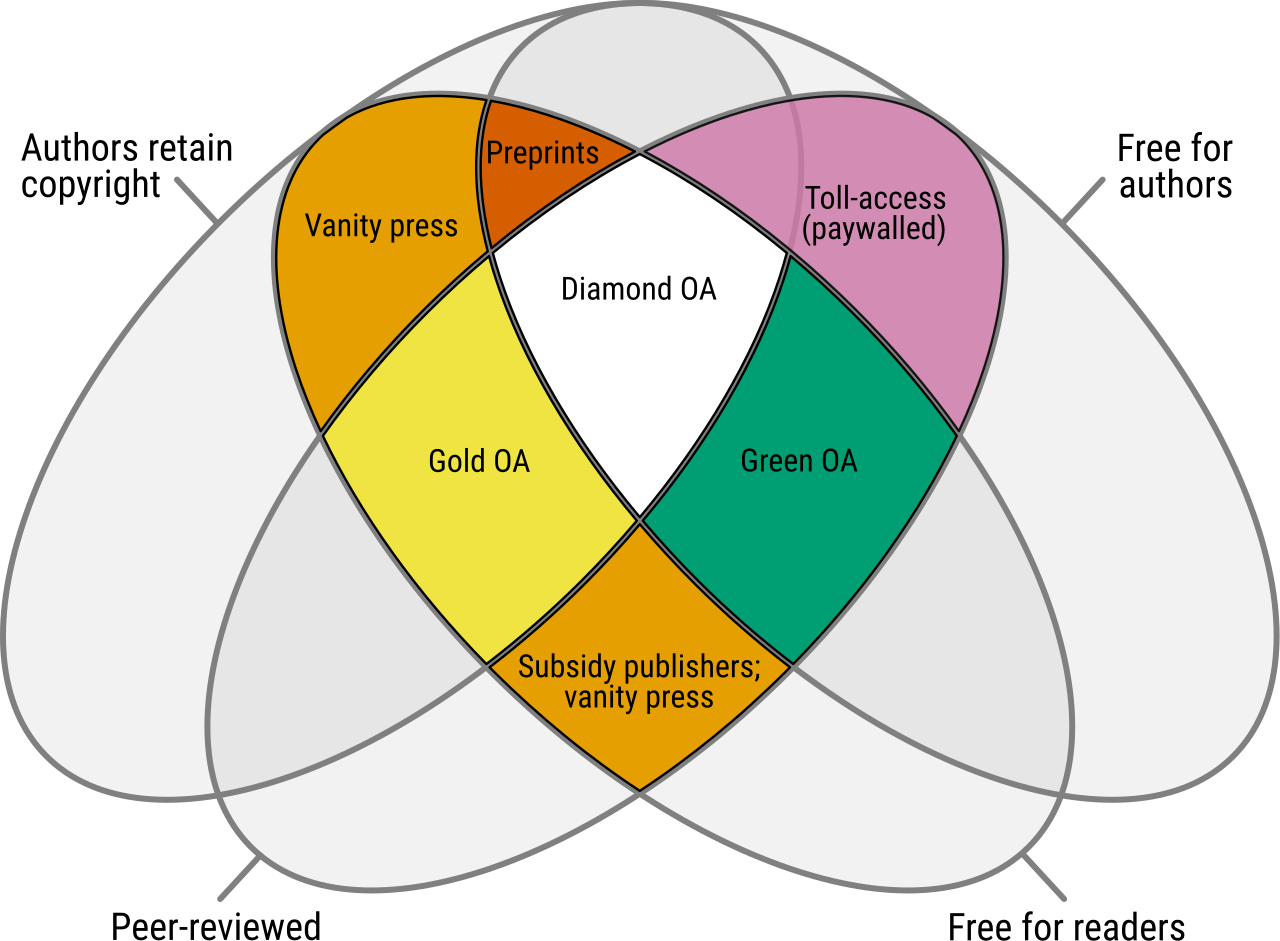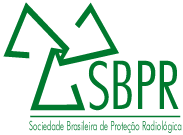Modification of fuel performance code to evaluate iron-based alloy behavior under LOCA scenario
DOI:
https://doi.org/10.15392/bjrs.v9i2A.393Keywords:
accident tolerant fuel, fuel performance, iron-based alloy, LOCA.Abstract
Accident tolerant fuels (ATF) has been studied since the Fukushima Daiichi accident in the research efforts to develop new materials which under accident scenarios could maintain the fuel rod integrity for a longer period compared to the cladding and fuel system usually utilized in Pressurized Water Reactors (PWR). The efforts have been focused on new materials applied as cladding, then iron-base alloys appear as a possible candidate. The aim of this paper is to implement modifications in a fuel performance code to evaluate the behavior of iron-based alloys under Loss-of-Coolant Accident (LOCA) scenario. For this, initially the properties related to the thermal and mechanical behavior of iron-based alloys were obtained from the literature, appropriately adapted and introduced in the fuel performance code subroutines. The adopted approach was step by step modifications, where different versions of the code were created. The assessment of the implemented modification was carried out simulating an experiment available in the open literature (IFA-650.5) related to zirconium-based alloy fuel rods submitted to LOCA conditions. The obtained results for the iron-based alloy were compared to those obtained using the regular version of the fuel performance code for zircaloy-4. The obtained results have shown that the most important properties to be changed are those from the subroutines related to the mechanical properties of the cladding. The results obtained have shown that the burst is observed at a longer time for fuel rods with iron-based alloy, indicating the potentiality of this material to be used as cladding with ATF purposes.
- Views: 172
- PDF Downloads: 142
Downloads
References
BRAGG-SITTON, S. Development of advanced accident tolerant fuels for commercial LWRs. Nuclear News, p. 83-91, 2014.
GOLDNER, F. Development strategy for advanced LWR fuels with enhanced accident tol-erance. USA. 2012. Available at: . Last accessed: 24 Nov. 2017.
AKIYAMA, N.; SATO, H.; NAITO, K.; NAOI, Y.; KATSUTA, T. The Fukushima nuclear accident and crisis management - Lessons for Japan-U.S. Alliance Cooperation. Sasakawa Peace Foundation, Tokyo, 2012.
ABE, A.; GIOVEDI, C.; GOMES, D. S.; TEIXEIRA E SILVA, A. Revisiting stainless steel as PWR fuel rod cladding after Fukushima Daiichi accident. EPJ Nuclear Sci. Technol., v. 8, p. 973-980, 2014.
S. M. Stoller Corporation. An evaluation of stainless steel cladding for use in current design LWRs. NP-2642, EPRI, 1982. 251p.
GEELHOOD, K. J.; LUSCHER, W. G.; BEYER, C. E.; FLANAGAN, M. E.; FRAPCON-3.4: A computer code for the calculation of steady-state thermal-mechanical behavior of oxide fuel rods for high burnup. U.S.NRC, NUREG/CR-7022, Washington, 2011.
MASSEY, C. P.; TERRANI, K. A.; DRYEPONDT, S. N.; PINT, B. A. Cladding burst behavior of Fe-based alloys under LOCA. Journal of Nuclear Materials, v. 470, p. 128-138, 2016.
PNNL – Pacific Northwest National Laboratory. Stress/strain correlation for zircaloy, PNNL-17700, Battelle: PNNL, 2008. 42p.
DESU, R. K.; KRISHNAMURTHY, H. N.; BALU, A.; GUPTA, A. K.; SINGH, S. K. Mechanical properties of austenitic stainless steel 304L and 316L at elevated temperatures. J. Mater. Res. Technol., v. 5, p. 13-20, 2016.
GARCIA, A.; SPIM, J. A.; SANTOS, C. A. Ensaios dos materiais, 2th ed., Rio de Janeiro: LTC, 2012.
MANNGARD, T.; STENGARD, J. Evaluation of the Halden IFA-650 loss-of-coolant accident experiments 5, 6 and 7. Swedish Radiation Safety Authority, Sweden, 2014. 46p.
Published
How to Cite
Issue
Section
License
Copyright (c) 2021 Brazilian Journal of Radiation Sciences

This work is licensed under a Creative Commons Attribution 4.0 International License.
Licensing: The BJRS articles are licensed under a Creative Commons Attribution 4.0 International License, which permits use, sharing, adaptation, distribution and reproduction in any medium or format, as long as you give appropriate credit to the original author(s) and the source, provide a link to the Creative Commons license, and indicate if changes were made. The images or other third party material in this article are included in the article’s Creative Commons license, unless indicated otherwise in a credit line to the material. If material is not included in the article’s Creative Commons license and your intended use is not permitted by statutory regulation or exceeds the permitted use, you will need to obtain permission directly from the copyright holder. To view a copy of this license, visit http://creativecommons.org/licenses/by/4.0/







